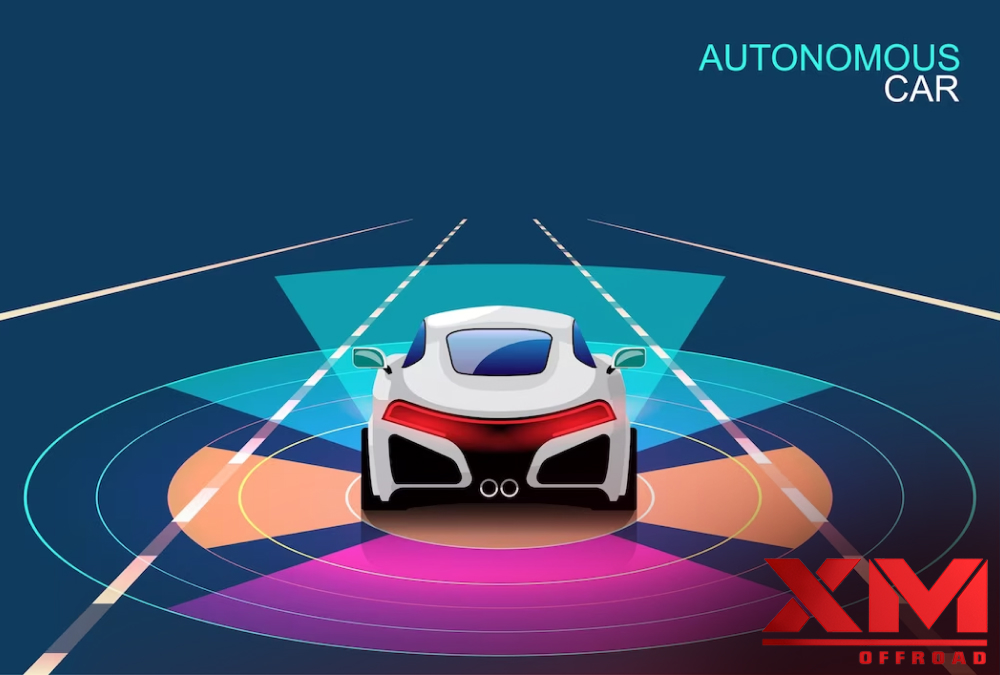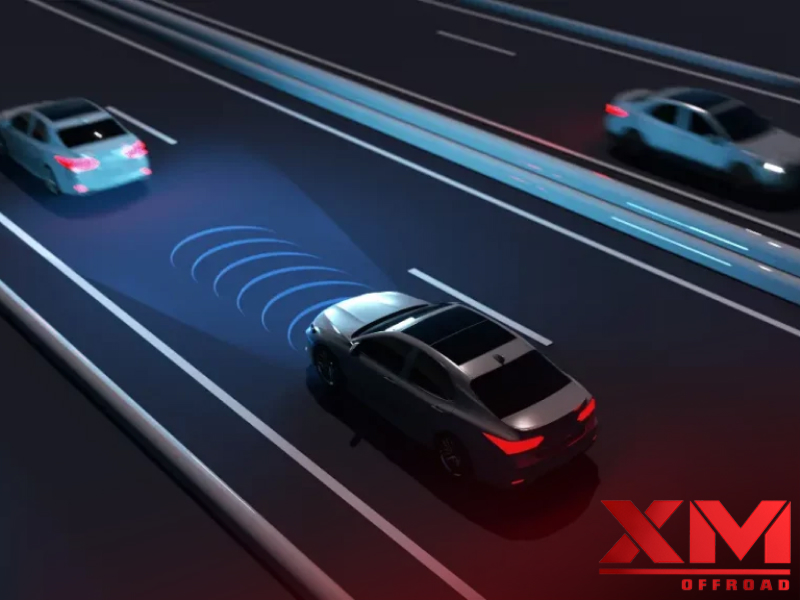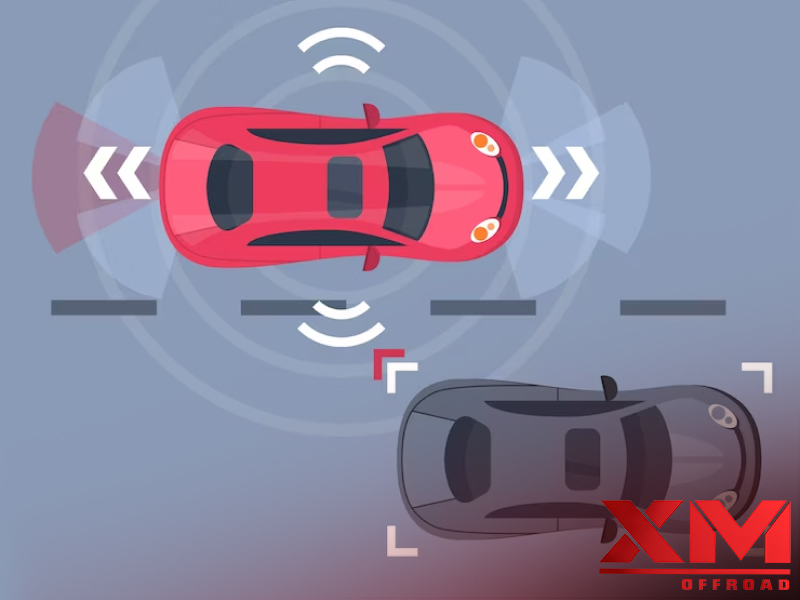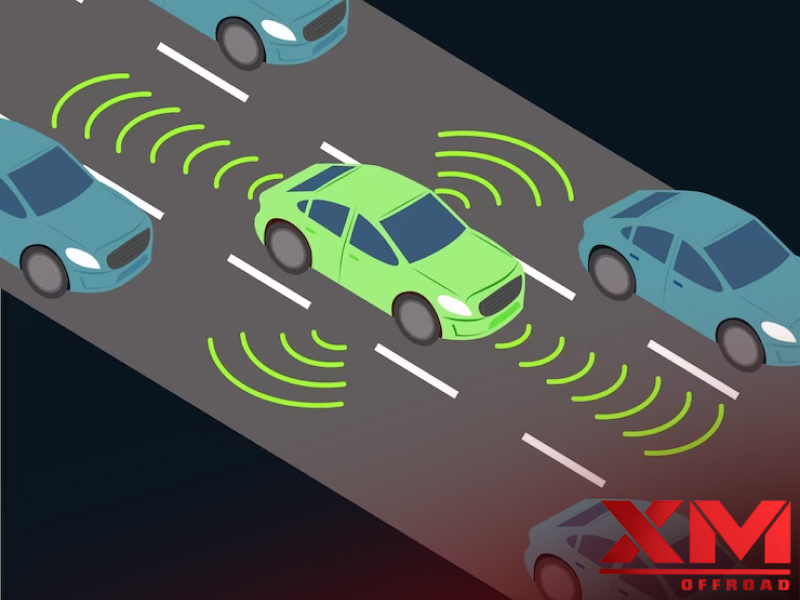
Nissan Harnesses LiDAR for Testing Advanced Crash-Avoidance System
In the pursuit of improving road safety, automakers are constantly pushing the boundaries of technology. One such innovator, Nissan, has recently been testing a new crash-avoidance system that incorporates LiDAR technology. This system aims to enhance the accuracy and effectiveness of collision detection, ultimately reducing the risk of accidents. In this blog post, we will delve into the details of Nissan’s new system, explore the use of LiDAR technology, and highlight the potential impacts it may have on road safety.
Understanding LiDAR Technology
LiDAR, which stands for Light Detection and Ranging, is a remote sensing technology that uses laser beams to measure distances and create detailed 3D maps of the surrounding environment. In automotive applications, LiDAR sensors emit laser pulses and measure the time it takes for the reflected light to return, enabling the system to accurately detect objects and their distances.
Nissan’s Implementation of LiDAR in Crash-Avoidance System
Nissan has been at the forefront of research and development in autonomous driving, leveraging their expertise to enhance their crash-avoidance systems. The integration of LiDAR technology in Nissan’s new system has proven to be a significant advancement. By strategically placing LiDAR sensors on the vehicle, the system can achieve comprehensive coverage, ensuring no blind spots are left unchecked.

The data collected by the LiDAR sensors is then processed and interpreted in real-time, allowing the system to detect potential hazards and make informed decisions promptly. This real-time response capability is crucial in preventing collisions and minimizing the severity of accidents. Nissan’s use of LiDAR technology adds an extra layer of accuracy and reliability to its crash-avoidance system. Contact 30 inch alloy wheels to get more high-tech information.
Benefits of Using LiDAR in Nissan’s Crash-Avoidance System
The incorporation of LiDAR technology offers several key advantages to Nissan’s crash-avoidance system. Firstly, the high precision and accuracy of LiDAR sensors enable the system to detect even small objects with great reliability. This capability is especially valuable in urban environments where there are numerous pedestrians and cyclists.

Secondly, LiDAR provides a comprehensive view of the surrounding environment, including the shape and depth of objects. This enables the system to distinguish between different types of obstacles and make more informed decisions when it comes to collision avoidance.
Furthermore, the real-time response capabilities of LiDAR technology allow the system to react swiftly to rapidly changing road conditions. This quick response time is critical in emergency situations where split-second decisions can make a significant difference.
Testing and Evaluation of Nissan’s Crash-Avoidance System
Before implementing any new technology, rigorous testing and evaluation are necessary to ensure its effectiveness. Nissan has conducted extensive tests to assess the performance of their crash-avoidance system. The results have been promising, with the system demonstrating impressive collision detection accuracy and response capabilities.
In comparison to other crash-avoidance systems on the market, Nissan’s system stands out for its advanced use of LiDAR technology. It has showcased superior object detection capabilities, reducing the risk of false alarms and improving overall safety.
Potential Impacts and Future Directions
Nissan’s crash-avoidance system, powered by LiDAR technology, holds immense potential in making our roads safer. The implementation of this system could lead to a significant reduction in accidents and fatalities. By providing drivers with an extra layer of protection and enhancing their situational awareness, the system acts as a reliable safety net, especially in scenarios where human error may come into play.
Moreover, the integration of LiDAR technology in Nissan’s system offers an improved driving experience and convenience. Drivers can have peace of mind knowing that the system is constantly monitoring the surroundings and can intervene if necessary. This technology has the potential to transform the way we perceive road safety, creating a safer and more enjoyable driving environment.
However, the widespread adoption of such advanced crash-avoidance systems does come with its own set of challenges. Currently, LiDAR sensors can be expensive, making them less accessible for mass-market vehicles.
Furthermore, the miniaturization of LiDAR sensors and integration with other sensor technologies, such as radar and cameras, can further enhance the effectiveness of crash-avoidance systems. This fusion of sensor technologies can create a comprehensive and redundant safety system, leaving no room for error.
Looking ahead, the future of LiDAR technology in automotive safety is promising. Ongoing research and development efforts aim to refine the capabilities of LiDAR sensors, improve their reliability, and reduce costs. As LiDAR technology continues to evolve, we can expect to see even more advanced crash-avoidance systems that offer heightened levels of safety and convenience.
Conclusion
Nissan’s use of LiDAR technology in their new crash-avoidance system marks a significant step forward in automotive safety. By leveraging the precision and real-time response capabilities of LiDAR, Nissan has created a system that holds great potential in preventing accidents and protecting lives.
Read Also: 10 Hidden Gems: Cars That Outshine the Ford Mustang GT
As LiDAR technology continues to advance, we can anticipate even greater strides in crash-avoidance systems. The future holds exciting possibilities for LiDAR technology, paving the way for safer and more intelligent vehicles on our roads.
By embracing innovation and incorporating cutting-edge technologies like LiDAR, automakers like Nissan are making significant contributions to the ongoing pursuit of road safety.
FAQs
Q1) How does Nissan’s Lidar-based crash-avoidance system work?
Nissan’s Lidar-based crash-avoidance system employs advanced sensors and lasers mounted on the vehicle’s exterior to continuously scan the surroundings. The Lidar technology emits laser pulses and measures the time it takes for the pulses to bounce back after hitting objects. By analyzing the reflected signals, the system creates a detailed real-time map of the vehicle’s environment, including other vehicles, pedestrians, and obstacles. This data is then processed and used to make split-second decisions, such as applying the brakes or steering away from potential collisions.
Q2) What are the benefits of Nissan’s Lidar-based crash-avoidance system?
Nissan’s Lidar-based crash-avoidance system offers several advantages. Firstly, it enhances overall safety by providing a comprehensive view of the vehicle’s surroundings, even in challenging weather conditions or low-light environments. This system can detect and respond to potential hazards faster than traditional camera-based systems. It also minimizes the risk of false positives, reducing the chances of unnecessary braking or maneuvering. Moreover, Lidar technology enables precise distance measurements, allowing the system to accurately assess the relative speed and trajectory of objects, enhancing collision avoidance capabilities.
Q3) Is Nissan the only automaker using Lidar for crash-avoidance systems?
While Nissan is one of the automakers actively developing and testing crash-avoidance systems using Lidar, it is not the only one. Several other automotive companies, including industry leaders like Tesla, Waymo, and General Motors, have also integrated Lidar technology into their autonomous driving and collision avoidance systems. Lidar is gaining prominence in the automotive industry due to its accuracy, reliability, and ability to provide a detailed 3D representation of the surroundings.
Q4) When can we expect Nissan’s Lidar-based crash-avoidance system to be available in their vehicles?
The timeline for the availability of Nissan’s Lidar-based crash-avoidance system in their production vehicles has not been officially announced. As of now, Nissan is in the testing phase of this technology to ensure its effectiveness and reliability. The integration of Lidar systems into mass-produced vehicles typically involves rigorous testing, refinement, and compliance with safety regulations. Nissan is committed to delivering advanced safety features to its customers, and it is likely that the Lidar-based crash-avoidance system will be introduced in future Nissan models once it meets the necessary requirements and passes all the required evaluations.





